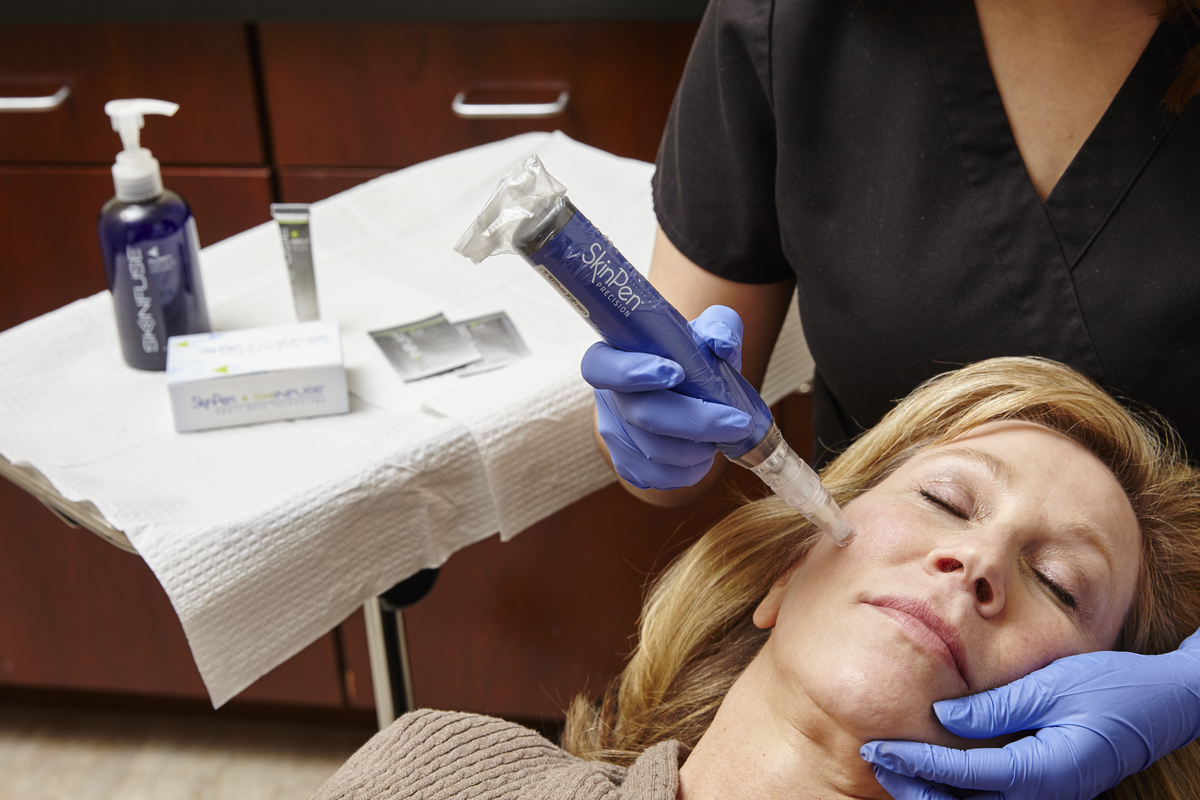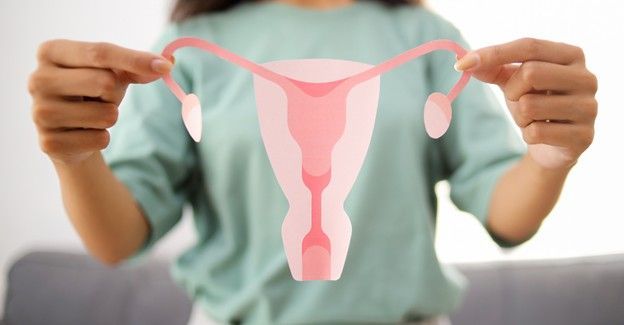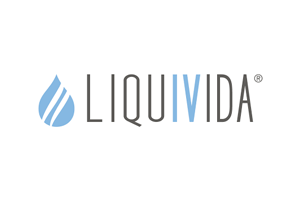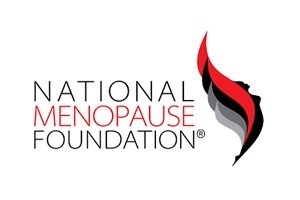September 2, 2025
Rejuvenate After the Sun: How Microneedling Restores Post-Summer Skin

Summer is a season for being outdoors, beach escapes, and endless sunshine. Unfortunately, your skin often remembers summer differently - think dryness, rough texture, stubborn pigmentation, and fine lines that seem to appear overnight.
Much of this comes down to UV-induced changes in the skin’s structure. Sunlight accelerates the breakdown of collagen and elastin, dehydrates the outer layer, and can cause clusters of melanin to form unevenly. Add environmental factors like heat, wind, saltwater, and chlorine, and you have a perfect recipe for skin in need of recovery.
Microneedling offers a solution that works with your skin’s natural healing mechanisms, stimulating collagen production, encouraging cell renewal, and evening out texture and tone, making it an ideal post-summer treatment.
Microneedling Basics: What’s Really Happening Under the Surface
Microneedling, or collagen induction therapy, uses fine needles to create precise micro-injuries in the epidermis and upper dermis. These micro-injuries are not deep enough to damage healthy tissue, but they are enough to initiate the body’s wound-healing cascade, which has three main phases:
- Inflammatory Phase (0–48 hours): Blood platelets release growth factors like platelet-derived growth factor (PDGF) and transforming growth factor-beta (TGF-β), which attract immune cells and fibroblasts to the site.
- Proliferative Phase (2–5 days): Fibroblasts lay down new collagen and elastin fibers while new capillaries form to improve circulation and nutrient delivery.
- Remodeling Phase (3–6 weeks): Collagen fibers mature, align, and strengthen, leading to firmer, smoother, and more resilient skin.
The beauty of microneedling is that it doesn’t replace the skin; it remodels it from within, preserving the outer barrier while encouraging long-term structural improvements.
How Collagen Loss Happens in Summer—and How Microneedling Reverses It
Collagen is the protein framework that gives skin its firmness and smoothness. UV exposure speeds up a process called collagenase activity, where enzymes break down collagen fibers faster than your body can replace them. Over time, this leads to fine lines, sagging, and a loss of elasticity.
Microneedling interrupts this cycle by:
● Stimulating type I collagen (the most abundant, responsible for firmness) and type III collagen (important in wound healing and skin elasticity).
● Activating fibroblast proliferation for sustained collagen production over several weeks.
● Improving dermal thickness which helps the skin better resist environmental stressors in the future.
Think of it like renovating the foundation of a house, strengthening the support structure so everything above looks better and lasts longer.
Texture and Tone: Post-Summer Skin’s Biggest Complaints
After summer, many notice that their skin feels rougher, looks less even, or appears more porous. Here’s why:
●
Keratinocyte buildup: UV exposure slows cell turnover, leading to a thicker, duller stratum corneum.
●
Pigment clumping: Melanocytes overproduce melanin in response to UV, causing sunspots and uneven tone.
●
Dehydration: Heat and environmental exposure deplete natural moisturizing factors, making texture more pronounced.
Microneedling addresses these issues by:
● Promoting
accelerated epidermal turnover, gently resurfacing skin without harsh exfoliation.
● Allowing topical actives (like vitamin C or brightening peptides) to penetrate deeper through micro-channels.
● Breaking up superficial pigment irregularities for a more even complexion.
Sun Damage Repair: Going Beyond the Surface
Sun damage isn’t just a cosmetic concern; it’s a structural change in the skin. Chronic UV exposure can lead to:
●
Elastosis: Breakdown and clumping of elastin fibers, leading to leathery texture.
●
Vascular changes: Broken capillaries and redness from UV-induced inflammation.
● DNA damage: Mutations in skin cells, some of which can lead to precancerous changes over time.
While microneedling doesn’t reverse DNA damage, it can improve the visible and structural changes caused by photoaging by:
● Enhancing
angiogenesis (formation of new blood vessels) for improved nutrient and oxygen supply.
● Encouraging dermal remodeling to replace damaged collagen with new, well-organized fibers.
● Reducing surface roughness and pigment irregularities that make sun damage more apparent.
What to Expect After Microneedling Treatment
Immediately After Treatment
● Redness similar to a mild sunburn.
● Possible warmth or tightness.
First 48 Hours
● Inflammatory phase in full swing—skin is starting its repair process.
● Mild swelling may occur.
Days 3–5
● Gentle peeling or flaking as old cells shed.
● Fresh, more radiant skin begins to emerge.
Weeks 1–4
● Collagen and elastin fibers begin forming.
● Texture and tone improvements become noticeable.
Months 2–3
● Continued remodeling and strengthening of the dermis.
● Results peak after a series of treatments.
Maximizing Your Microneedling Results After Summer
To make the most of post-summer microneedling:
●
Use sun protection daily: New collagen is vulnerable to UV breakdown.
●
Hydrate generously: Internal and topical hydration both aid recovery.
●
Avoid harsh actives (retinoids, acids) for several days post-treatment to protect the barrier.
●
Commit to a series: While one treatment helps, 3–6 spaced sessions provide cumulative, lasting improvements.
Post-summer skin repair isn’t about erasing the memories of sunshine, it’s about restoring your skin’s health, resilience, and radiance after months of environmental stress. Microneedling works at the intersection of natural biology and modern aesthetics, activating the body’s own regenerative processes to rebuild collagen, refine texture, even tone, and soften the visible impact of sun damage.
References
Aust, M. C., Reimers, K., Repenning, C., Stahl, F., Gohritz, A., Jahn, S., … & Vogt, P. M. (2008). Percutaneous collagen induction therapy: an alternative treatment for scars, wrinkles, and skin laxity. Plastic and Reconstructive Surgery, 121(4), 1421-1429.
Dogra, N., & Yadav, S. (2014). Microneedling: advances and widening horizons. Indian Dermatology Online Journal, 5(4), 244-246.
Fabbrocini, G., De Vita, V., Pastore, F., Gammone, M., & Monfrecola, G. (2010). Microneedling with dermaroller. Journal of Cutaneous and Aesthetic Surgery, 3(3), 151-155.
Chung, J. H., Eun, H. C., & Park, K. C. (2009). Cutaneous photodamage: Aging and sunscreen use. Skin Pharmacology and Physiology, 22(6), 274-284.










